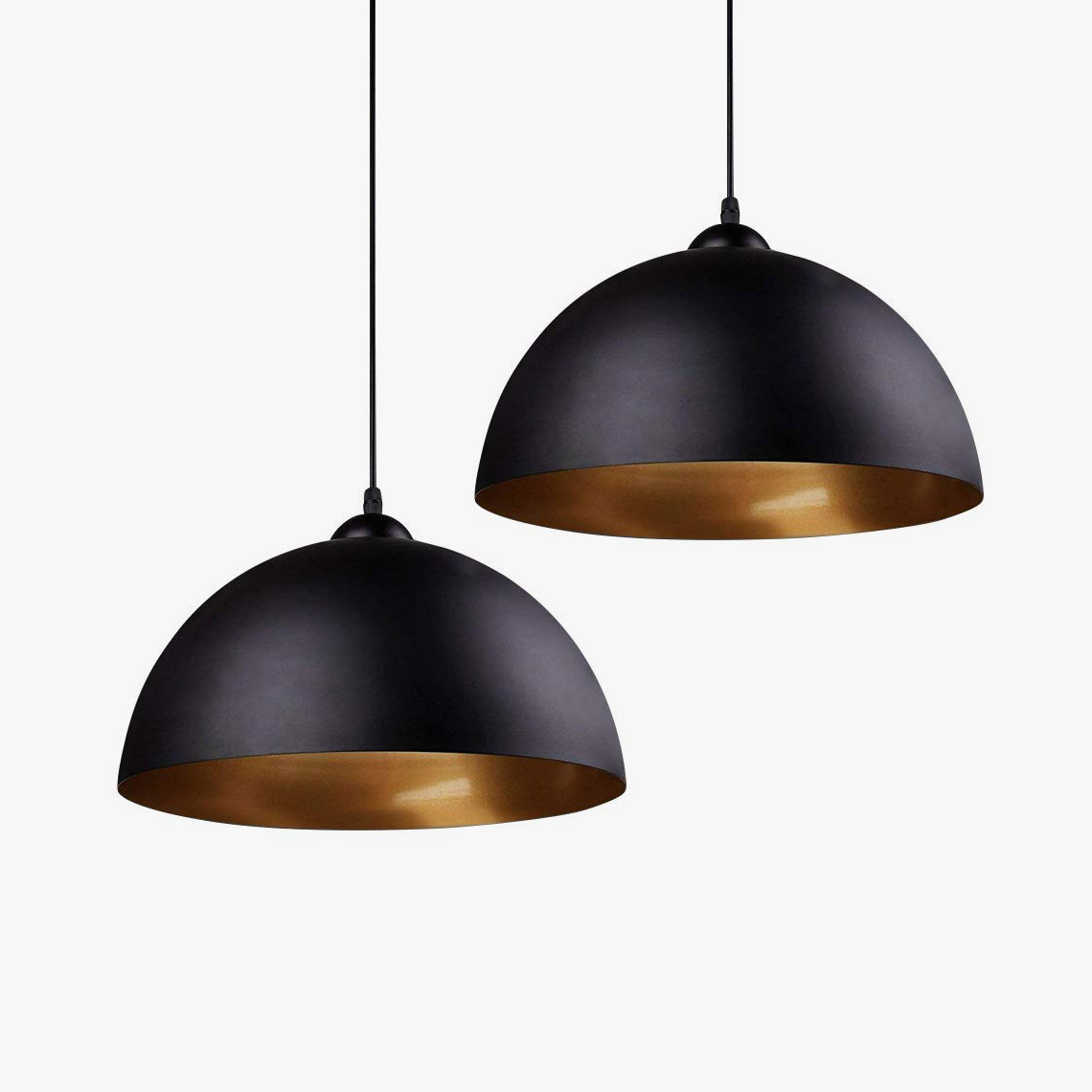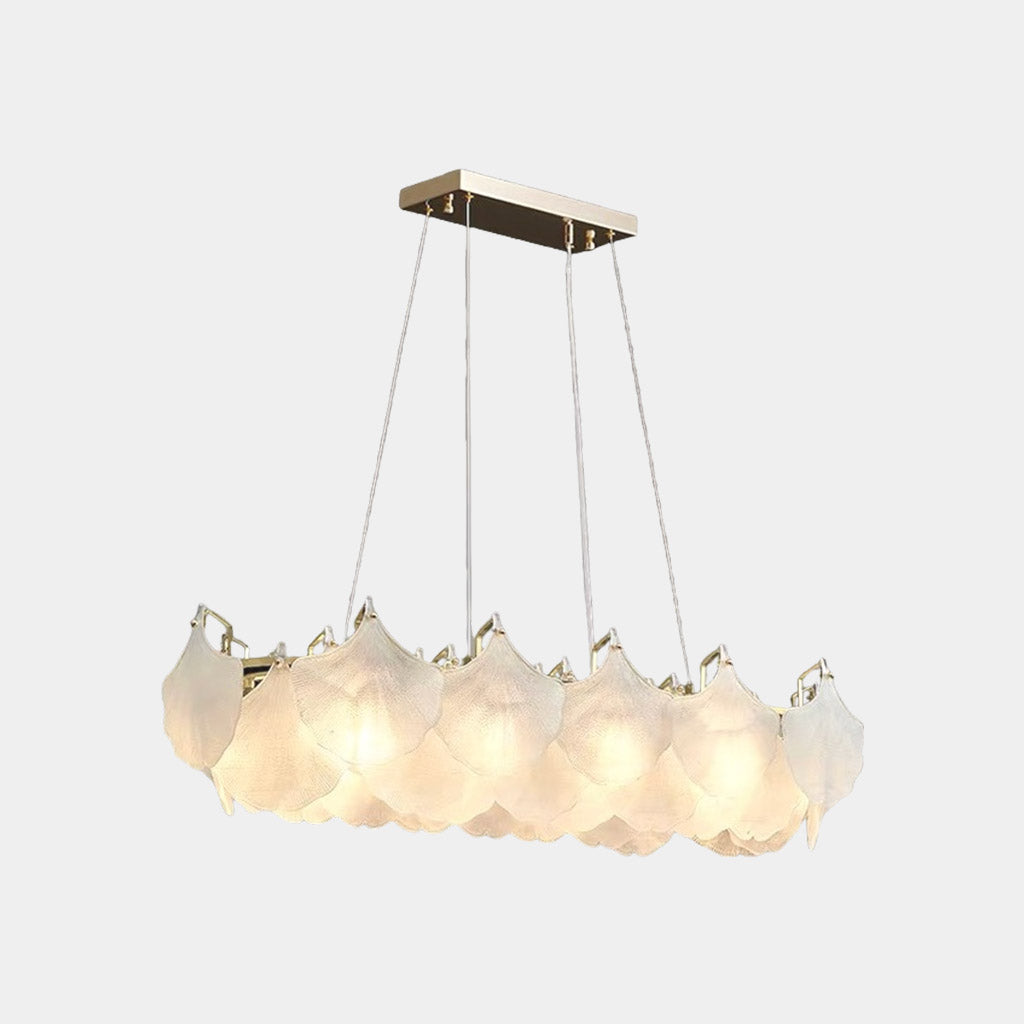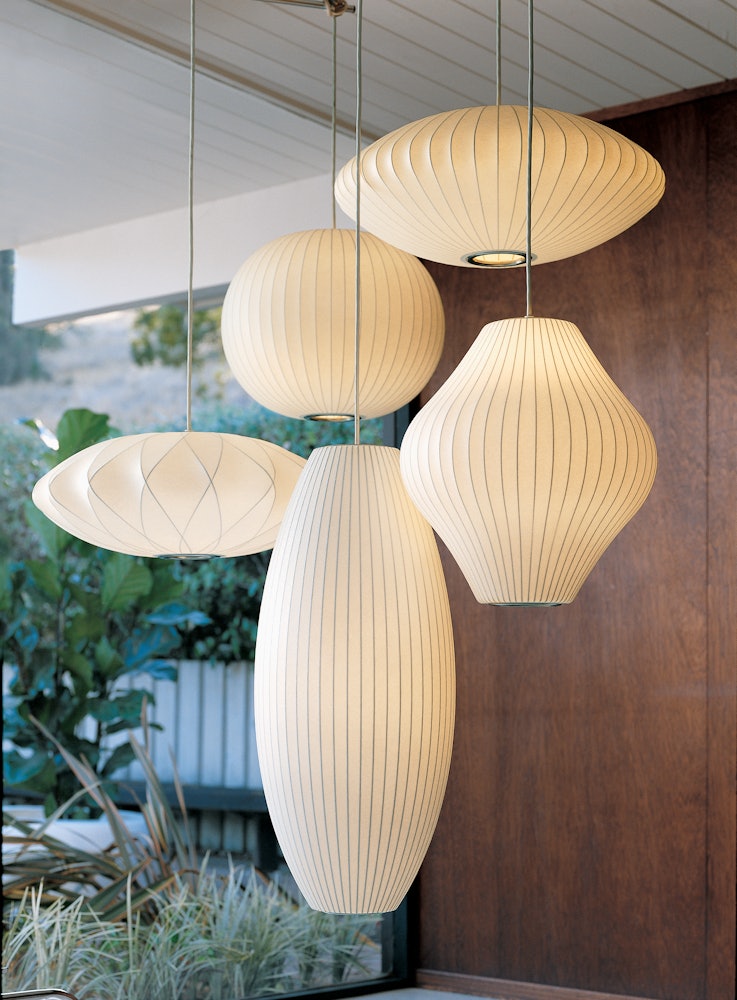A Comprehensive Guide to Putting Up and Preserving Your Necklace Light
Setting up and preserving a necklace light needs careful planning and implementation. Appropriate elevation measurements can enhance both functionality and design. Crucial devices and a clear setup procedure are critical for an effective setup. Routine maintenance assurances long life and performance. Comprehending these aspects can change a space. Nevertheless, recognizing where to begin might seem frightening. What steps should one prioritize to accomplish the very best outcomes?
Recognizing Pendant Light Styles
While numerous house owners look for to boost their spaces with necklace illumination, understanding the various styles offered is necessary for making an enlightened selection. Necklace lights are available in a multitude of designs, each offering distinct aesthetic and useful advantages. Conventional pendant lights often feature traditional shapes and materials, such as glass or steel, offering a timeless appeal. Contemporary designs, on the various other hand, might include vibrant shades and cutting-edge products to develop striking focal factors.
Industrial-style necklaces commonly use raw materials like subjected bulbs and rustic finishes, ideal for loft spaces and contemporary settings. For a more wayward touch, vintage-inspired options stimulate fond memories with complex details and retro finishes. Additionally, minimalist styles concentrate on simpleness and clean lines, appealing to those that choose underrated style. Recognizing these varied styles permits home owners to select pendant lighting that not just complements their style however also offers their useful lighting requires efficiently.
Gauging the Suitable Elevation for Your Necklace Light
Exactly how does one determine the best height for a necklace light? To accomplish the most effective capability and aesthetic charm, numerous variables must be taken into consideration. Usually, a pendant light must hang 30 to 36 inches over a dining table to guarantee adequate lighting without obstructing sights. In areas with high ceilings, the component might be positioned a little higher to preserve proportionality.
For kitchen area islands, an elevation of 28 to 34 inches over the countertop is generally suggested, permitting sufficient light insurance coverage while maintaining an inviting environment. In living areas, the pendant needs to be hung at a height that matches the bordering decor and does not create a hazard for individuals strolling beneath it.
Eventually, individual choice and area dimensions play considerable roles in identifying the best elevation. Examining numerous heights prior to final installment might aid achieve the preferred effect and capability.
Devices and Materials Needed for Setup
Effective installment of necklace lights calls for a certain set of materials and tools to guarantee a smooth process. Vital devices consist of a screwdriver, cord pole dancer, and a drill, which facilitate secure fixture attachment and proper electrical wiring. A voltage tester is vital for verifying security by ensuring that power is off prior to starting any electric work.
In addition to devices, particular products are needed for setup. These include the pendant light fixture itself, electrical wiring, wire nuts for safe and secure links, and placing equipment. A ceiling hook may additionally be required, depending on the component's layout.
For included safety and convenience, a ladder will certainly aid within high ceilings, while a level guarantees that the light hangs equally. Preparing these devices and materials ahead of time simplifies the setup process, making it a lot more efficient and reliable. Proper prep work is crucial to achieving a successful necklace light installation.
Step-by-Step Installation Refine
With the needed tools and products collected, the installation process for pendant lights can begin. Initially, the power supply must be switched off at the breaker to ensure safety. Next off, the installing bracket needs to be connected to the electrical box in the ceiling. After securing it, the electrical expert's tape ought to be made use of to cover any type of exposed cables.
Adhering to that, the pendant light's cords are linked to the corresponding wires in the ceiling: black to black (or red), white to white, and green or copper for ground. Once the connections are made, they should be protected with wire nuts.
The necklace light can after that be connected to the mounting bracket, making sure it hangs at the preferred height. The light bulb is inserted, and the power is turned back on at the circuit breaker, enabling the brand-new pendant light to light up the area.
Keeping and Cleansing Your Pendant Light
What steps should be taken to guarantee the durability and visual charm of pendant lights? Regular maintenance and cleaning are necessary in maintaining their beauty and performance. Dirt and dust can gather on necklace lights, diminishing their shine. To clean, a soft, lint-free cloth or microfiber towel should be made use of, along with a gentle cleaner appropriate for the surface product - Pendant Light. For glass or crystal necklaces, a glass cleanser can boost clearness without touches
It is recommended to shut off the light and allow it to cool prior to cleaning. Furthermore, examining the component for loosened bulbs or connections periodically guarantees security and height efficiency. If suitable, altering bulbs regularly stops stress on electrical parts. Preserving a risk-free environment by staying clear of direct exposure to wetness can considerably extend the life of necklace lighting. Adhering to these actions will certainly keep necklace lights looking their best while operating effectively.
Repairing Typical Necklace Light Issues
When pendant lights breakdown, a number of typical problems may emerge, including flickering light bulbs, inaccurate installment, and voltage fluctuations. Recognizing the source is crucial for efficient fixing and making certain peak performance. Resolving these issues without delay can enhance the long life and performance of necklace lighting components.
Flickering Light Light Bulbs
Flickering light bulbs can be a source of disappointment for home owners, often indicating underlying electrical problems or easy upkeep needs. This phenomenon may come from loosened light bulb links, where the light bulb is not securely matched the outlet, creating periodic call (Pendant Light). Furthermore, defective or aging bulbs may flicker as they near completion of their life expectancy. Another common cause is irregular voltage, which can arise from problems within the electric system or overloading circuits. Property owners ought to likewise examine for damaged electrical wiring, as this can bring about flickering and posture safety risks. Routine examinations and timely replacements are crucial to assure proper capability and to keep a secure home atmosphere. Determining the source without delay can avoid more complications

Incorrect Setup Concerns
Improper installment of necklace lights can result in a series of problems that may resemble those caused by flickering bulbs. Usual problems consist of loosened circuitry links, which can disrupt the flow of electrical energy and lead to recurring lights. Furthermore, if the installing bracket is not safely fastened, the pendant might hang erratically, creating an unstable component that can create resonances or sound. Wrong bulb types or power level can additionally add to performance issues, as inappropriate light bulbs may not function successfully in the component. Inadequate spacing from the ceiling can produce darkness or lower light circulation, lessening the designated impact of the pendant light. Determining and dealing with these installation mistakes is necessary for achieving appropriate functionality and aesthetic appeal.
Voltage Change Issues
Although necklace lights can improve a room's atmosphere, voltage variations can result in considerable performance problems. These changes may trigger flickering lights, decreased brightness, and even early bulb failure. To identify such problems, one ought to initially examine the light's compatibility with the voltage supply. Making use of a multimeter can help determine voltage levels and determine abnormalities. It might be necessary to examine the electrical system for loosened links or damaged electrical wiring if voltage problems continue. In many cases, consulting an accredited electrical contractor is a good idea to assure safety and compliance with neighborhood codes. Effectively addressing voltage fluctuations not just enhances the efficiency of necklace lights however likewise extends their lifespan and improves general illumination top quality.
Enhancing Your Room With Pendant Light Placement
Efficient pendant light placement can significantly enhance an area by sticking to ideal height guidelines, making sure the appropriate lighting degree. Layering these lights with various other sources can create a balanced ambience, highlighting prime focus within the room. Achieving an unified appearance needs cautious consideration of both the component's positioning and its partnership with surrounding elements.
Optimal Elevation Standards
When considering the optimal height for pendant lights, a basic guideline suggests hanging them approximately 30 to 36 inches over a counter top or table surface. This height permits for optimum lighting while guaranteeing that the light does not obstruct views or develop threats. In dining locations, pendant lights ought to be positioned to enhance the dining experience, typically around 28 to 34 inches over the table. For kitchen area islands, maintaining harmony across multiple pendants can create a cohesive look; spacing them equally and adhering to the recommended elevation enhances capability. It is important to take into consideration ceiling elevation as well, as greater ceilings may require changes to preserve proportionality and visual charm. Correct elevation placement substantially adds to the total visit our website setting of a room.
Layering With Other Lights
As pendant lights are incorporated into a more comprehensive illumination style, they can greatly improve the environment of a room. Their flexibility enables them to be layered with ambient, job, and accent illumination, developing an unified balance. Integrating pendant lights with recessed lights can offer basic illumination while highlighting details locations. Job lighting, such as under-cabinet lights, can enhance necklaces in cooking areas, making certain performance without sacrificing design. Accent lights, like wall surface sconces, can further enhance the setting, drawing attention to artwork or building features. By tactically placing these light resources, home owners can accomplish depth and measurement, changing an ordinary area right into a beautifully illuminated setting that satisfies different activities and moods.
Prime Focus and Equilibrium

Tactically put pendant lights can work as captivating focal points within a room, attracting the eye and improving the overall visual. When picking pendant lights, it is vital to take into account their dimension, color, and shape to assure they match the existing style. A bold, extra-large pendant can develop a striking centerpiece over a dining table, while smaller sized fixtures might function better in collections to accomplish a well balanced look. In addition, positioning necklace lights at differing elevations can add deepness and visual rate of interest to the area. Maintaining equilibrium with various other elements, such as furnishings and wall colors, will certainly make certain that the necklace lights enhance the space without frustrating it. Thoughtful placement transforms the ambiance, producing an unified and inviting environment.
Regularly Asked Questions
Can I Install a Necklace Light in a Recessed Ceiling?
The concern of whether a pendant light can be mounted in a recessed ceiling frequently develops. Generally, it is possible with proper placing hardware, making certain proper support and electrical connections for secure and reliable setup.
What Sort of Bulb Is Finest for Necklace Lights?
When picking light bulbs for necklace lights, LED options are frequently liked as a result of their power performance and longevity. Furthermore, the shade temperature ought to match the desired ambiance, with warm white being a popular option for relaxing setups.
Are Pendant Lights Safe for Outdoor Use?

Exactly how Do I Select the Right Pendant Light Power Level?
Selecting the appropriate pendant light power level entails evaluating the room's size, preferred illumination, and fixture compatibility. Usually, reduced electrical powers suit ambient illumination, while greater electrical powers give job lights, guaranteeing capability and aesthetic allure.
Can I Use a Dimmer Switch Over With My Pendant Light?
The concern arose whether a dimmer button could be made use of with a necklace light. Normally, if the lighting fixture and light bulb are suitable, a dimmer switch can properly improve ambiance and control illumination levels.
When pendant lights breakdown, several usual issues might develop, consisting of flickering light bulbs, wrong installation, and voltage variations. Improper installment of pendant lights can lead to a variety of issues that may appear like Visit Website those triggered by flickering light bulbs. Poor spacing from the ceiling can produce shadows or lower light distribution, reducing the intended impact of the necklace light. Effective necklace light positioning can considerably improve a space by adhering to suitable height guidelines, making sure the right illumination degree. When selecting bulbs for pendant lights, LED alternatives are usually favored due to their energy pop over to this site performance and durability.